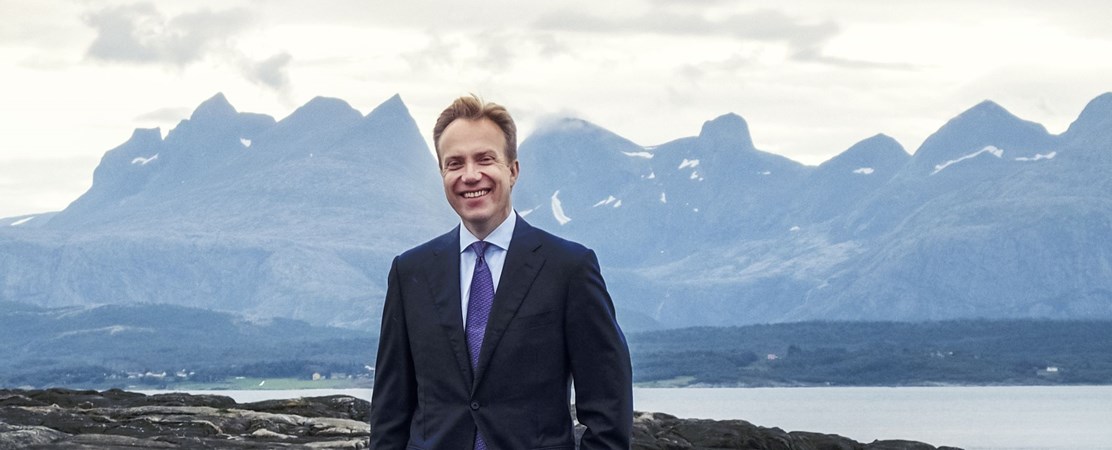20 Years of Peaceful Cooperation

By Børge Brende, Minister of Foreign Affairs, Norway
Today, the Arctic is characterized by peaceful and stable cooperation. That has not always been the case. During the Cold War, the Arctic was both literally and figuratively frozen. The turning point came in 1996, when representatives from the eight Arctic states signed the Ottawa Declaration and agreed to cooperate on environmental protection and sustainable development. The Arctic Council was established.
Twenty years later, the Arctic Council continues to be the most important intergovernmental forum in the Arctic. It is the only body that brings together all the Arctic countries as well as representatives of their indigenous peoples. It is the only Arctic forum to hold regular meetings at ministerial level.
The interest in the Arctic is growing. At the Arctic Council’s ministerial meeting in 2013, countries far away from the Arctic were granted observer status. The observers make substantial contributions to our common knowledge about the region. We welcome increased interest in the Arctic, as long as it is rooted in respect for international law and the laws of the sovereign states in the region.
Intergovernmental cooperation in the Arctic is based on common recognition of the UN Convention on the Law of the Sea. Often referred to as the ‘constitution of the oceans’, it sets out clear rules and ensures the predictability necessary for energy security, responsible management of living and non-living resources, and environmental protection.
The Arctic Council’s comprehensive studies and reports have highlighted the speed at which changes are taking place in the region. The snow is melting and the glaciers are receding at record pace. The Arctic is warming faster than any other region on Earth. Hazardous substances are accumulating in the food chains. The acidity of the oceans is raising. Species are migrating.
The consequences are far-reaching. The Greenland ice cap holds back seven metres of potential sea-level rise. The permafrost holds vast amounts of carbon dioxide and methane which are released into the atmosphere once it thaws. In other words, Arctic warming is amplifying and accelerating the global warming that is causing unprecedented damage to our planet. Although we do not yet fully understand the consequences, the changes in the Arctic make it clear that we urgently need to cut global greenhouse gas emissions and reduce the amount of pollutants currently affecting Arctic ecosystems.
It is an important objective of the Arctic Council to ensure a sustainable future for the people living in the Arctic. Infrastructure, environmental protection, and emergency preparedness and response must meet high standards in order to allow for increased economic activity in the High North. The Arctic governments must ensure knowledge-based and responsible management of these ecologically fragile areas. Cooperation with observers, academic institutions, industry and the recently established Arctic Economic Council will be vital for sustainable development in the region.
Norway welcomes the current US chairmanship’s efforts to further strengthen the Arctic Council as the premier intergovernmental forum for addressing Arctic challenges. In an increasingly unstable world, intergovernmental forums such as the Arctic Council play an important role in contributing to peaceful collaboration around the globe.
The Arctic Council is an example of international cooperation that can be followed in other parts of the world: a framework for promoting knowledge, stability and predictability based on respect not only for international law but also for each member state. Building on the remarkable progress we have made over the past twenty years, I am optimistic about our future cooperation.
